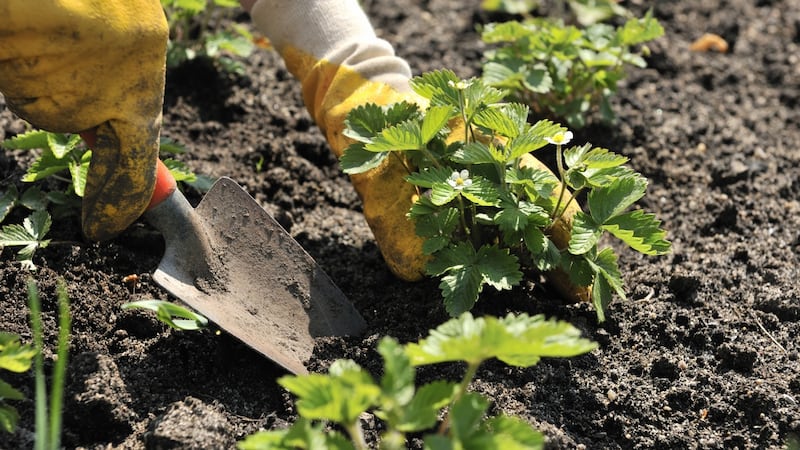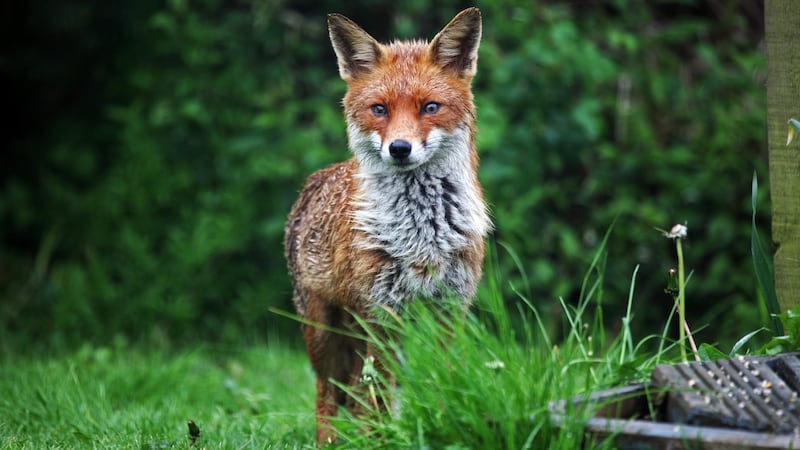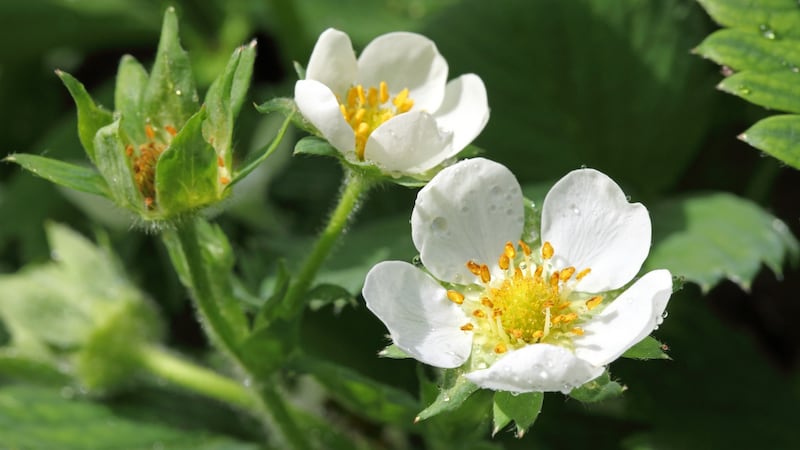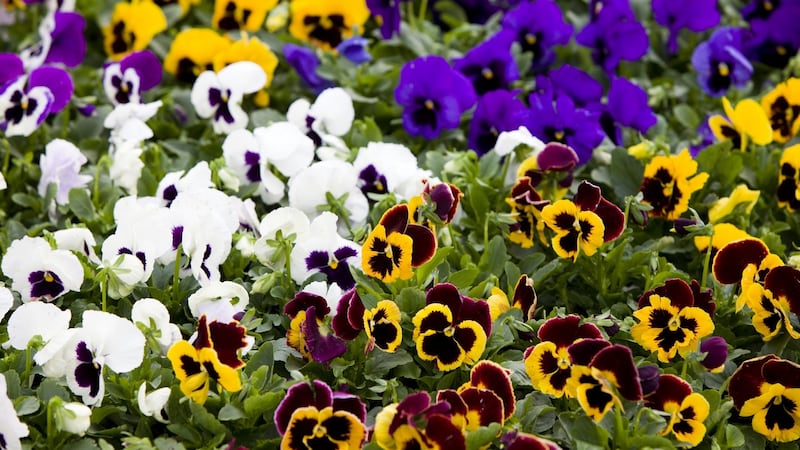I know it seems strange to be talking of strawberries – that most quintessential of summer fruits – in deep autumn. But bear with me, for in fact this is the perfect time of year to either create your very own little strawberry patch or to revitalise an existing one by replacing any old, tired plants with vigorous, disease-free specimens.
Do it in the coming weeks while the ground is still warm but dampened by recent rainfall and you’ll be ensuring that your young plants have enough time to properly establish strong, healthy, resilient root systems, resulting in a properly generous harvest of their sweet, juicy berries next summer.
Forget, too, the idea that homegrown strawberries are a crop reserved solely for early summer. By growing a mix of strawberry varieties carefully selected to extend the harvesting season long beyond its traditionally brief window, you can enjoy the very special pleasure of your own homegrown fruit from June right up until the first harsh frosts of autumn.
The list of reliably productive, disease-resistant, flavoursome, garden-worthy varieties is long and includes early cropping types such as ‘Gariguette’; ‘Christine’; ‘Rosie’; ‘Emily’; ’Alice’; ‘Honeoye’ and ‘Malling Centenary’ that produce their berries in a single generous flush over several weeks from late May/mid-June; mid-season varieties such as ‘Elegance’; ‘Cambridge Favourite’ and ‘Sonata’; and late-season varieties such as ‘Florence’; ‘Symphony’ and ‘Malwina’ that can be harvested right into late July. These aside, there are also what are known as everbearing varieties such as ‘Albion’; ‘Mara des Bois’; Flamenco’ and dainty-berried, intensely flavoursome, shade-tolerant alpine-types such as ‘Alexandria’. All of these produce smaller crops but have the great advantage of cropping several times over the course of many months from early summer into autumn, making them a good choice for gardens or allotments where growing space is tight.

Protection
If you can offer your strawberry plants some form of protection in the shape of a glasshouse, polytunnel or cloche, then you can extend the harvesting season even further, allowing you to enjoy homegrown delicious strawberries from as early as April until as late as early November. Growing under cover in this way brings several other benefits including protecting those delicious, juicy berries from greedy birds and other strawberry-loving garden visitors such as foxes and badgers. It will also boost the size and quality of your strawberry harvest by protecting it from diseases and damage caused by adverse weather conditions. Just make sure that pollinating insects can access the flowers when they appear (no pollination means no fruit). You’ll also need to hand-pollinate any flowers that appear before pollinating insects emerge in spring. For similar reasons, ensure that any covered growing spaces are kept well-ventilated during the growing season as too-high temperatures will inhibit flowering and thus have an adverse effect on the plants’ ability to fruit well.
Whether you’re growing your strawberry plants outdoors or under cover, in the ground or in a pot, trough, tub, window-box or purpose-made strawberry planter, there are a few other important housekeeping details to keep in mind. First and foremost amongst these are careful site selection and soil preparation, both of which are key to success. To truly flourish, these greedy plants demand an airy but sheltered spot in full sun and away from frost pockets and buffeting winds, plus a weed-free, fertile, humus-rich, moisture-retentive but very free-draining (and ideally slightly acidic) soil. For best results, the latter should be generously enriched with some home-made garden compost or well-rotted manure some weeks prior to planting. To reduce the risk of verticillium wilt (a damaging, soil-borne fungal disease that can persist in the ground for many years), it’s also best to avoid planting into ground where you’ve recently grown chrysanthemums, potatoes, tomatoes or members of the cucurbit family such as cucumbers, pumpkins and squash. If this is a concern, grow in containers instead.

Strawberry plants are also vulnerable to vine weevil damage (classic signs include the ticket collector style notching of leaf edges as well as sudden wilting and dying of plants) so always check newly-purchased pot-grown plants for any signs of infestation and if you suspect established plants are being attacked, then use a well-timed biological control such as Nemasys. You’ll also need to protect plants and ripening fruit from slugs during the growing season and to net outdoor-grown crops to prevent the fruit being eaten by birds and other garden visitors. A temporary mulch of straw around the base of plants will help to prevent the ripening fruit from resting on damp soil (remove the straw once they’ve finished cropping).
Organic feed
To encourage really healthy, vigorous, productive strawberry plants, give them an organic granular feed and organic mulch in spring plus regular liquid-feeds during the growing season (do this early in the day) and remove any dead or decaying foliage in autumn. As mentioned earlier, most types of strawberry plants inevitably lose vigour over time, becoming more prone to diseases as they age. For this reason, it’s important to replace early, mid and late season varieties after their third year of cropping, ideally planting into a new spot in your garden or allotment where possible. Perpetual/everbearing types lose vigour even more quickly and should ideally be replaced annually but the alpine kinds are more long lived and far more self-sufficient, requiring little in the way of care.

In the case of early season, mid season and late season varieties, young strawberry plants can be easily propagated as runners taken from healthy parent plants in late summer while alpine type varieties such as the aforementioned Fragaria 'Alexandria' can be raised from spring or autumn-sown seed (see seedaholic.com). At this time of year, both conventional pot-grown plants and dormant, bare-root strawberry plants are also available to buy in most good Irish garden centres and nurseries as well as to order online from reliable stockists such as mrmiddleton.com , futureforests.ie and quickcrop.ie.
Bare root specimens need to be planted into their permanent growing spot as soon as possible after purchasing, spacing the plants 45cm apart, with 75cm between rows. For best results, pre-soak their shrivelled-looking roots in a bucket of tepid water for 30 minutes to rehydrate them, then spread these out into wide but shallow holes so that the crown (the part where the roots meet the plant stem) is just at soil level (not above it or below it) before gently backfilling and then watering generously. Finish off with a shallow, protective layer of organic mulch around each plant, keeping it away from direct contact with the plant crown to avoid disease. If and when drought threatens (unlikely at this time of year), make sure to keep plants watered. They’ll look like nothing much until next year, when the higher temperatures and increased light levels of spring will make their dormant buds burst into growth, a sign that their decadently delicious berries won’t be far behind.

This Week in the Garden
Continue planting winter bedding and spring-flowering biennials such as winter-flowering pansies, polyanthus, wallflowers, Canterbury bells, sweet William, foxgloves and honesty into their final growing positions in the garden or allotment.
It’s all too easy to lose track of herbaceous or deciduous species of container-grown plants in autumn when the plants lose their foliage or die back down to ground level, making it very difficult to easily identify them. The same goes for unlabelled or poorly labelled trays of cuttings and seedlings. So it’s a good idea to give these a quick once-over at this time of year, making sure to freshly label plants where required, always using a permanent waterproof pen to ensure that labels remain clearly legible.
Dates for your Diary
The Royal Horticultural Society of Ireland (RHSI) is running a competition inviting gardeners to share examples of how they've helped to support biodiversity in their garden or allotment. The closing date for entries is Friday, October 15th, with a range of prizes supported by HomeBase. Please email the RHSI at info@rhsi.ie and make sure to accompany your entry with a photograph. See rhsi.ie for more details.












